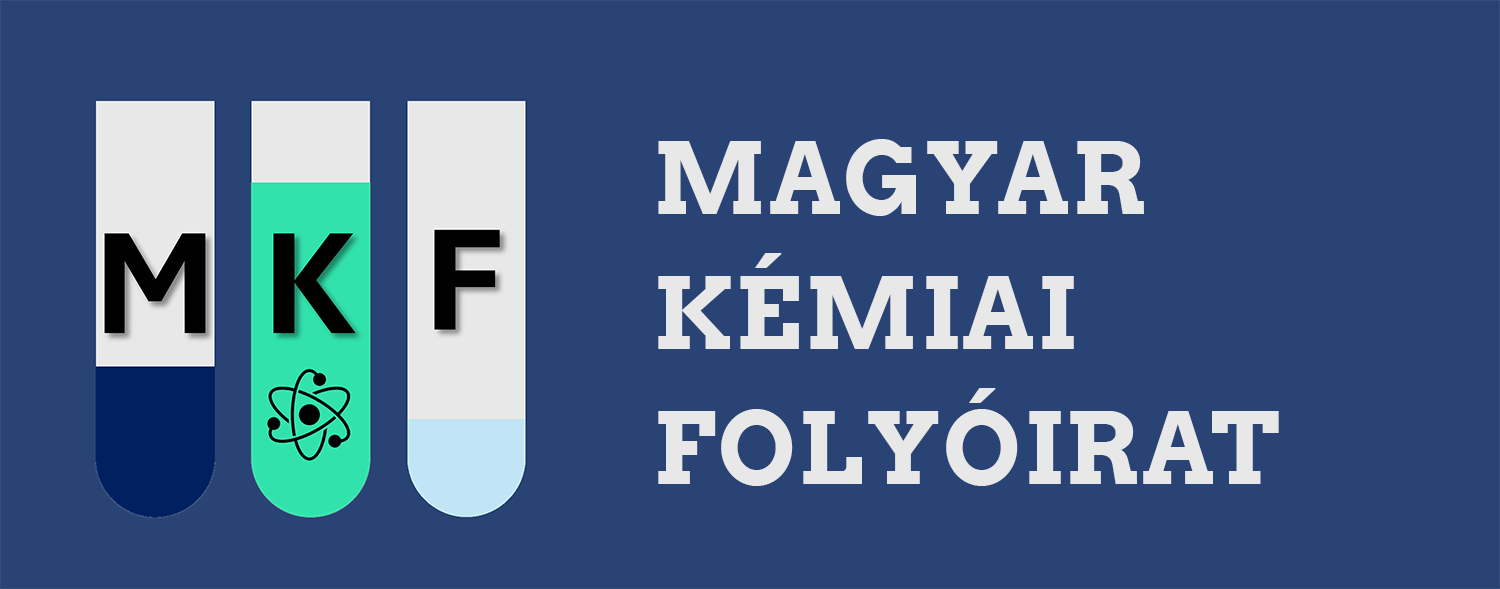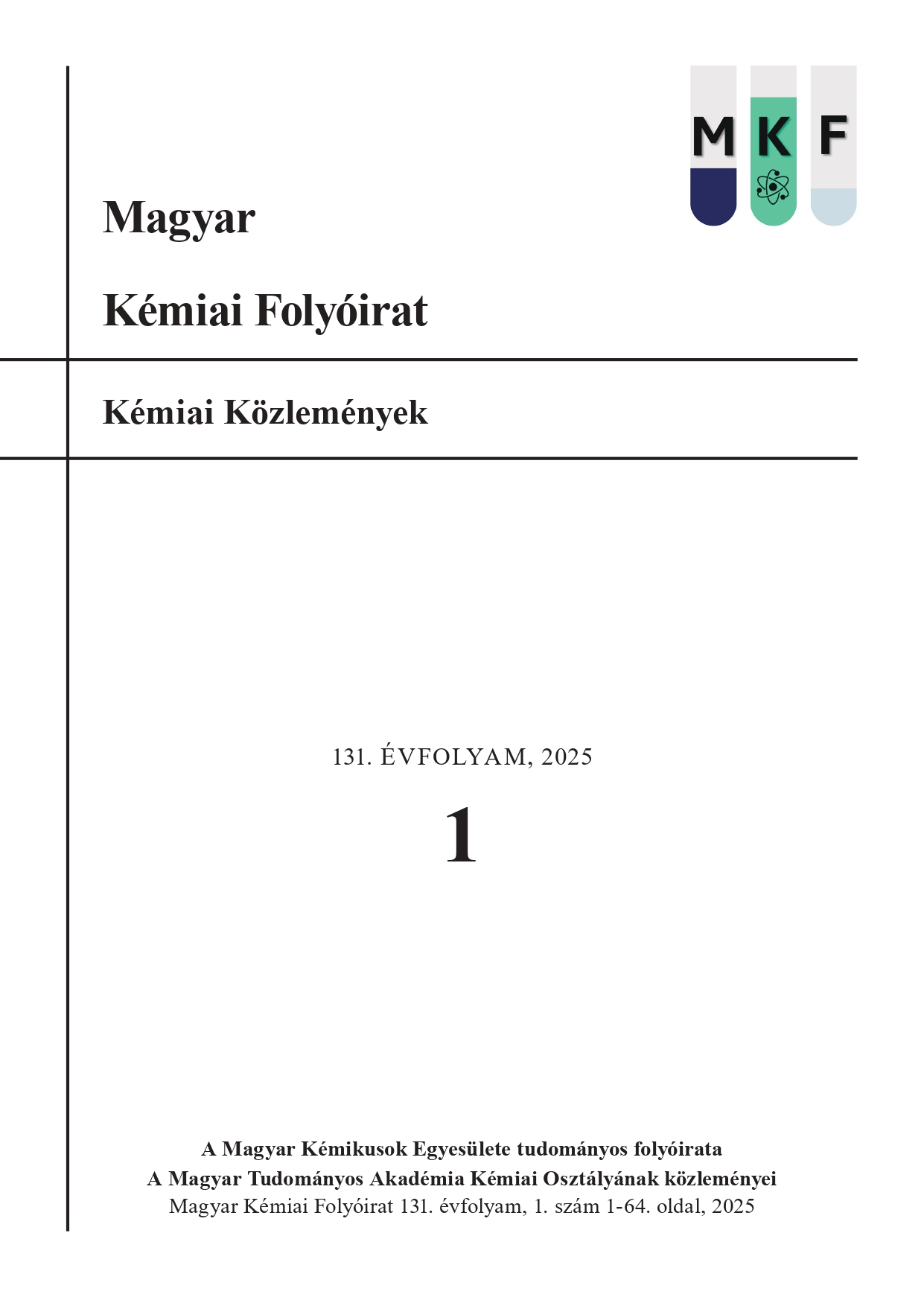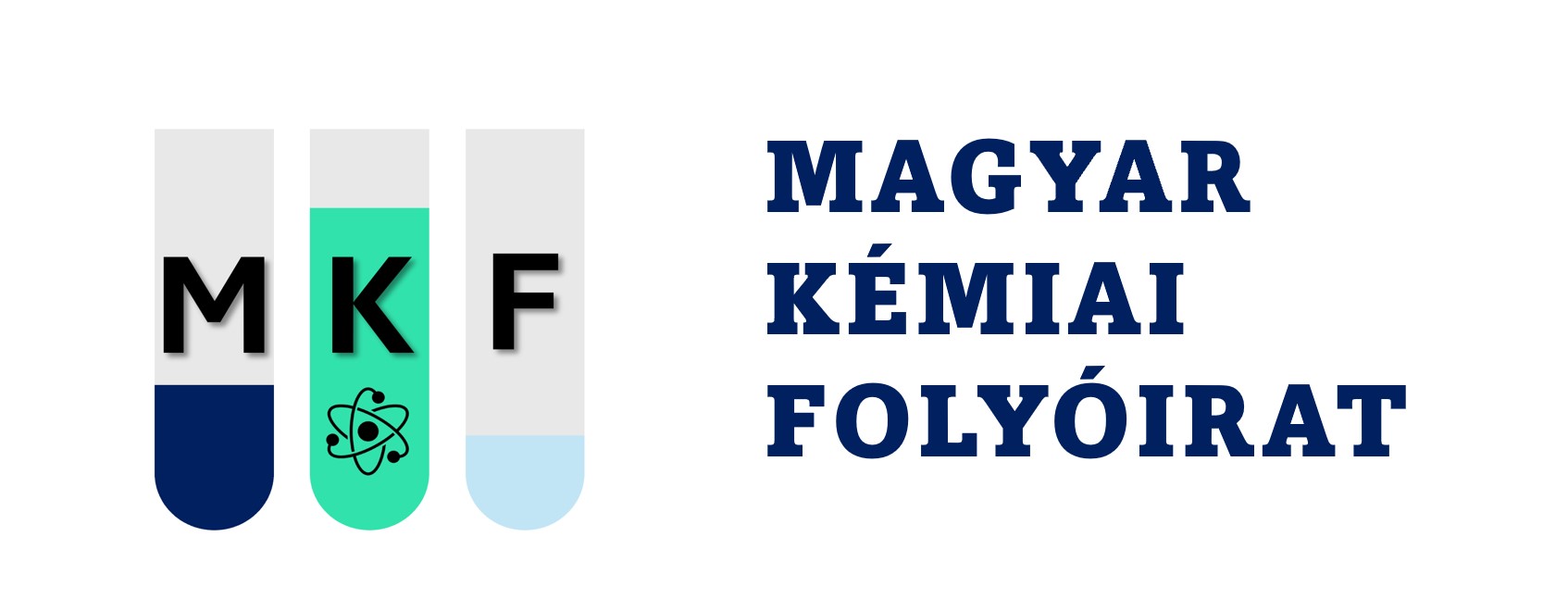Design and synthesis of a photoresponsive subunit for molecular electronics
Abstract
Molecular electronics is a prominent research area aiming to develop systems that mimic circuit elements at the molecular level. Among these, molecular switches such as diarylethenes have received considerable attention due to their controllable bistable behaviour. Dithienylethenes (DTEs) undergo reversible photocyclization, exhibiting different electronic properties in their two (open and closed) states. In this work, a photoswitchable molecular rectifier unit is introduced that integrates a DTE switch with a dibenzo[a,e]pentalene (DBP) core. DBP represents a stabilized antiaromatic system with low HOMO-LUMO gap and favourable π-stacking, making it attractive for nanoscale conductors. The system was designed to enable conjugation modulation upon photoisomerization, potentially altering both unimolecular conductivity and local aromaticity of the DBP core. The target molecule was synthesized in 11 steps via a convergent strategy considering both synthetic and functional requirements. UV/vis and NMR studies confirmed reversible switching, while computational analyses indicated minimal aromaticity changes in the DBP unit during isomerization. However, the photoisomerization significantly alters the chromophore structure, laying the groundwork for future single-molecule conductance measurements.






